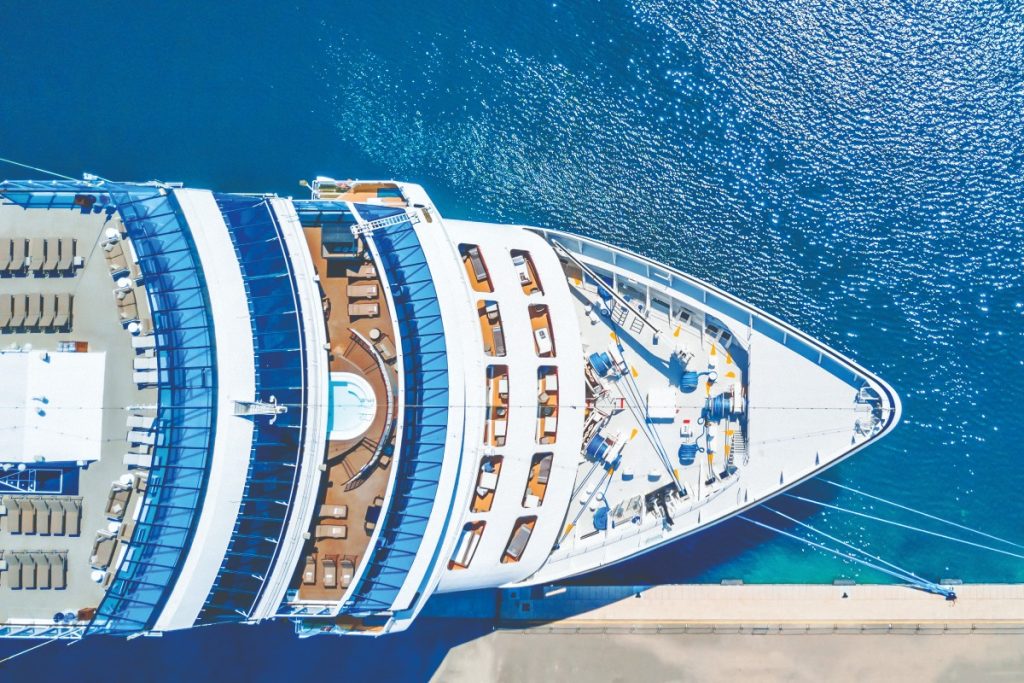The Scottish government has proposed a new levy aimed at addressing the environmental and community impact of cruise tourism across the region.
With rising concerns over carbon emissions and local disruptions, this initiative marks a pivotal step towards sustainable cruising.
The Rationale Behind Scotland’s Cruise Levy
The recent proposal by the Scottish government to introduce a levy on cruise tourism stems from growing concerns over environmental and community impacts. The aim is to mitigate the effects of emissions from cruise ships, which are significant contributors to carbon pollution. The Scottish Green Party, in coalition with the SNP, puts forth this levy as a measure to address the dual challenges of emissions and local disruptions posed by the growing cruise industry.
With the introduction of this levy, the government hopes to encourage cruise operators towards adopting greener technologies. As highlighted by Scottish Greens co-leader Lorna Slater, investment in local communities stands as a critical outcome of this policy change. She emphasised, “This is essential one ship produces the same amount of carbon emissions as 12,000 cars; operators have been allowed to get away with polluting for too long.”
A Broader Context of Cruise Regulations
Internationally, the move aligns with broader trends in cruise regulation. Barcelona’s decision to ban cruise ships from its central port reflects similar sentiments seen in Amsterdam and Venice. The initiative in these cities demonstrates a collective effort to address the environmental implications of cruise tourism.
The cruise industry has not been static in response. Recognising the need for environmental sustainability, companies like Hurtigruten are charting courses towards zero-emission vessels beyond 2030. Portsmouth’s investment in shore power systems further exemplifies a shift towards sustainable cruising, aligning with Scotland’s latest efforts.
Environmental and Economic Implications
At the heart of these regulations lies an urgent environmental agenda. The ecological footprint of cruise ships is undeniable, prompting cities globally to take action. However, the economic implications cannot be overlooked. Tourism represents a significant income for port towns, creating a challenging balance between ecological responsibilities and economic interests.
A potential shift towards greener cruises could thus transform the sector’s dynamics. Encouraging operators to invest in eco-friendly vessels might not only reduce emissions but also redefine the cruise experience, emphasising sustainability. Such changes have the potential to strengthen local economies through responsible tourism.
Industry and Political Reactions
Stakeholders within the cruise industry express mixed reactions to such levies. While some argue these measures are essential for long-term sustainability, others raise concerns about economic impacts. There is a tension between maintaining competitive tourism markets and adhering to stricter environmental regulations.
Politically, the levy signifies a substantial step by the Scottish government, backed by the Green-SNP coalition. It underscores the administration’s commitment to sustainability, yet it also invites scrutiny on its impact on Scotland’s attractiveness as a cruise destination.
Future Prospects and Industry Adaptation
Looking ahead, adaptation seems crucial for cruise operators navigating new regulations. Developing zero-emission technology could become a competitive edge in a market increasingly attuned to environmental issues. Sustainable tourism is no longer an option but a necessity.
The evolving landscape demands strategic shifts from traditional practices. Cruise lines might foresee collaborations with governments to foster innovation, ensuring compliance with regulations while maintaining growth.
Community Perspectives on the Levy
Communities hosting cruise ships often face the brunt of tourism impacts. The new levy is seen by many as a much-needed step towards fairness and sustainability, offering a chance for communities to benefit from tourism while managing its adverse effects.
Empowering local councils financially via the levy could enable infrastructure enhancements, potentially bolstering communities’ resilience to tourist influxes and strengthening their economies.
Conclusion
Overall, Scotland’s cruise levy introduces a transformative approach to balancing tourism and environmental stewardship. It challenges operators to innovate and adapt, potentially reshaping the cruise landscape towards a more sustainable future.
Scotland’s proposed cruise levy represents a strategic move in the ongoing quest for sustainable tourism, urging the industry to evolve and adopt environmentally friendly practices.
It signifies a commitment to environmental stewardship while balancing the needs of local communities affected by cruise tourism.

